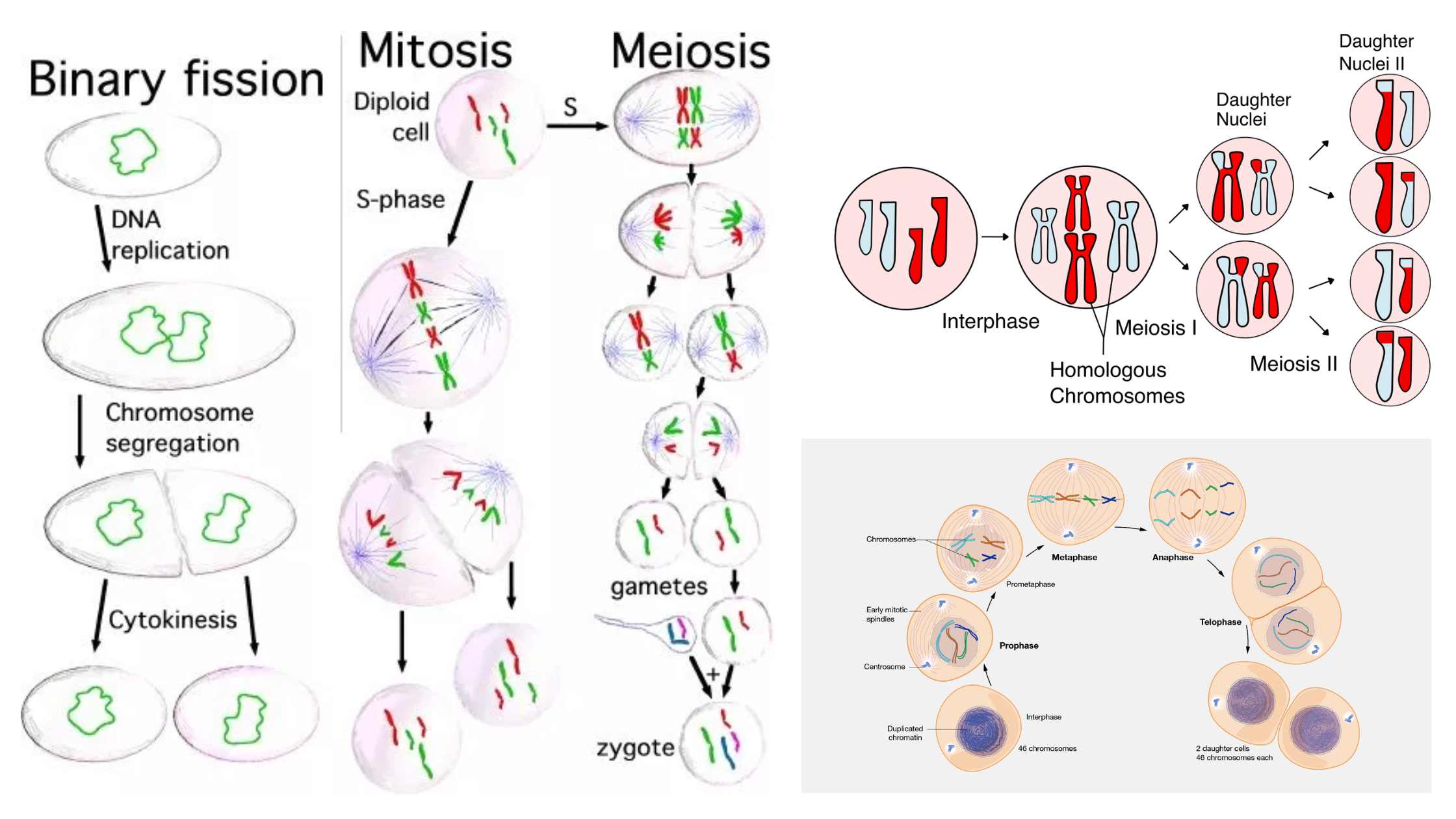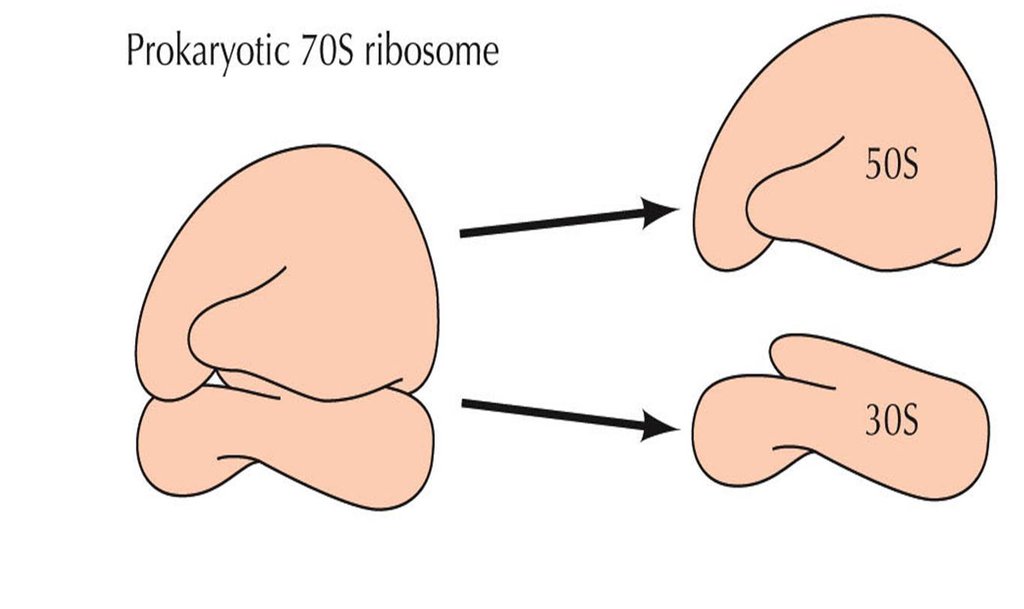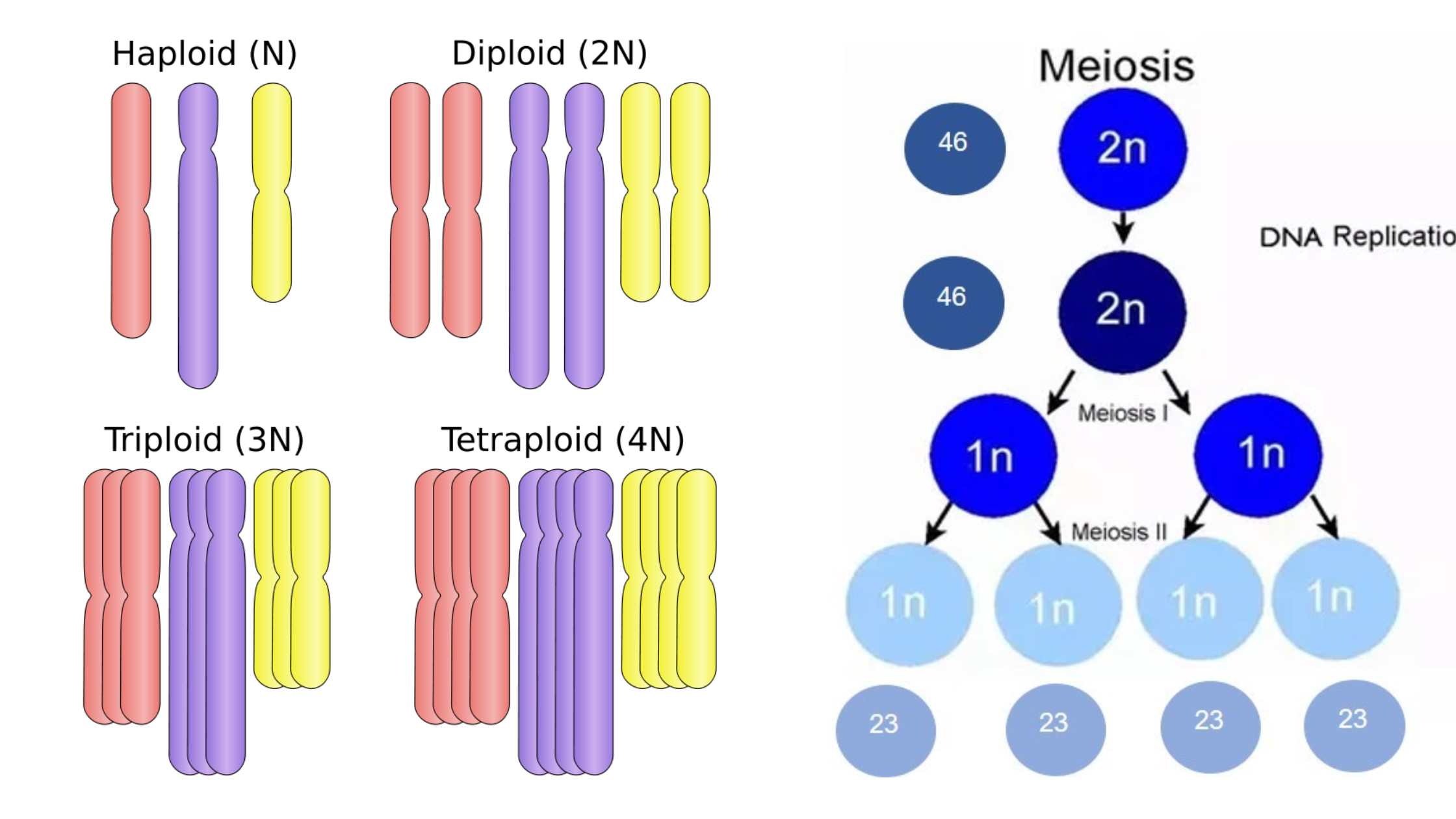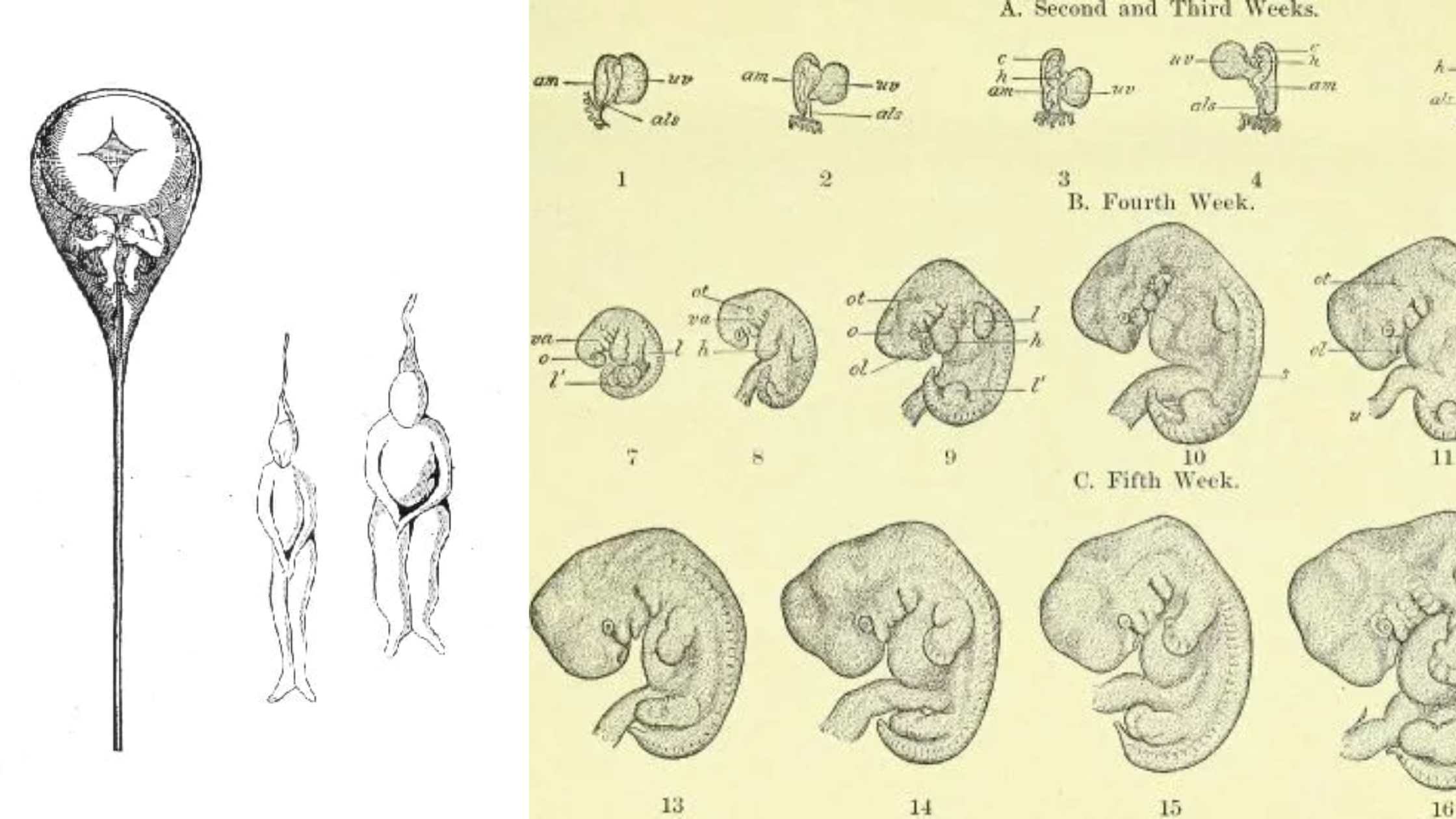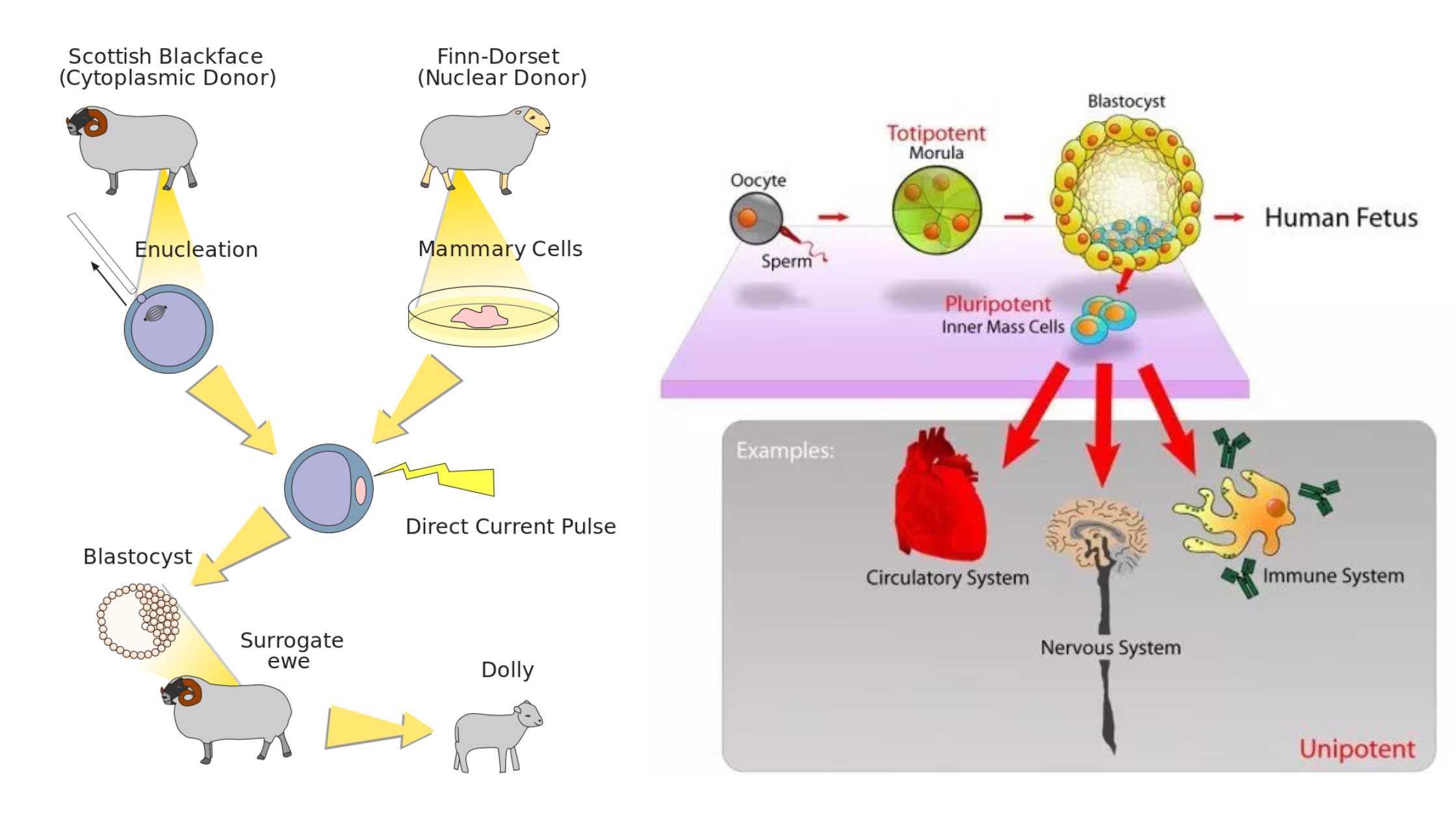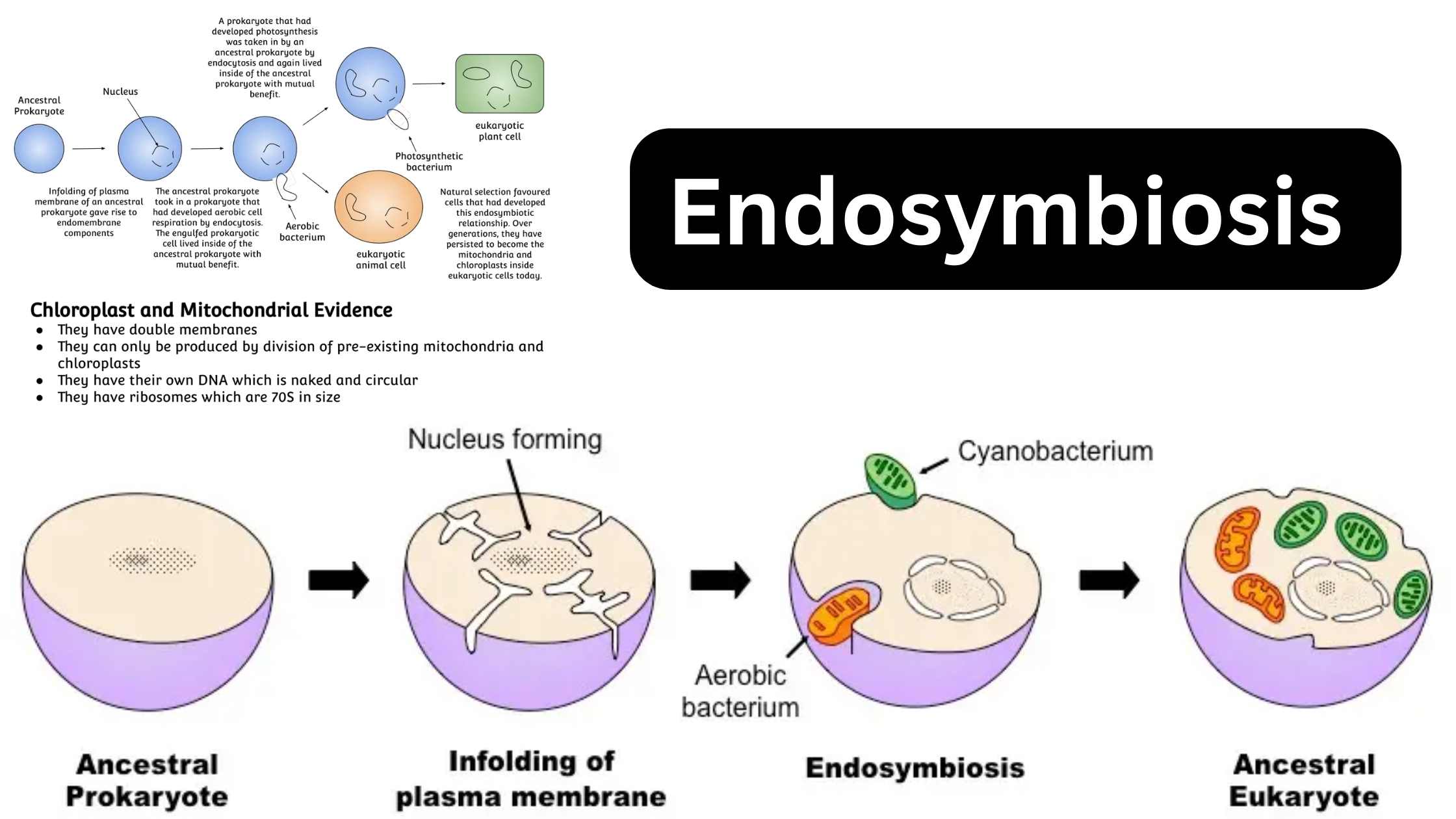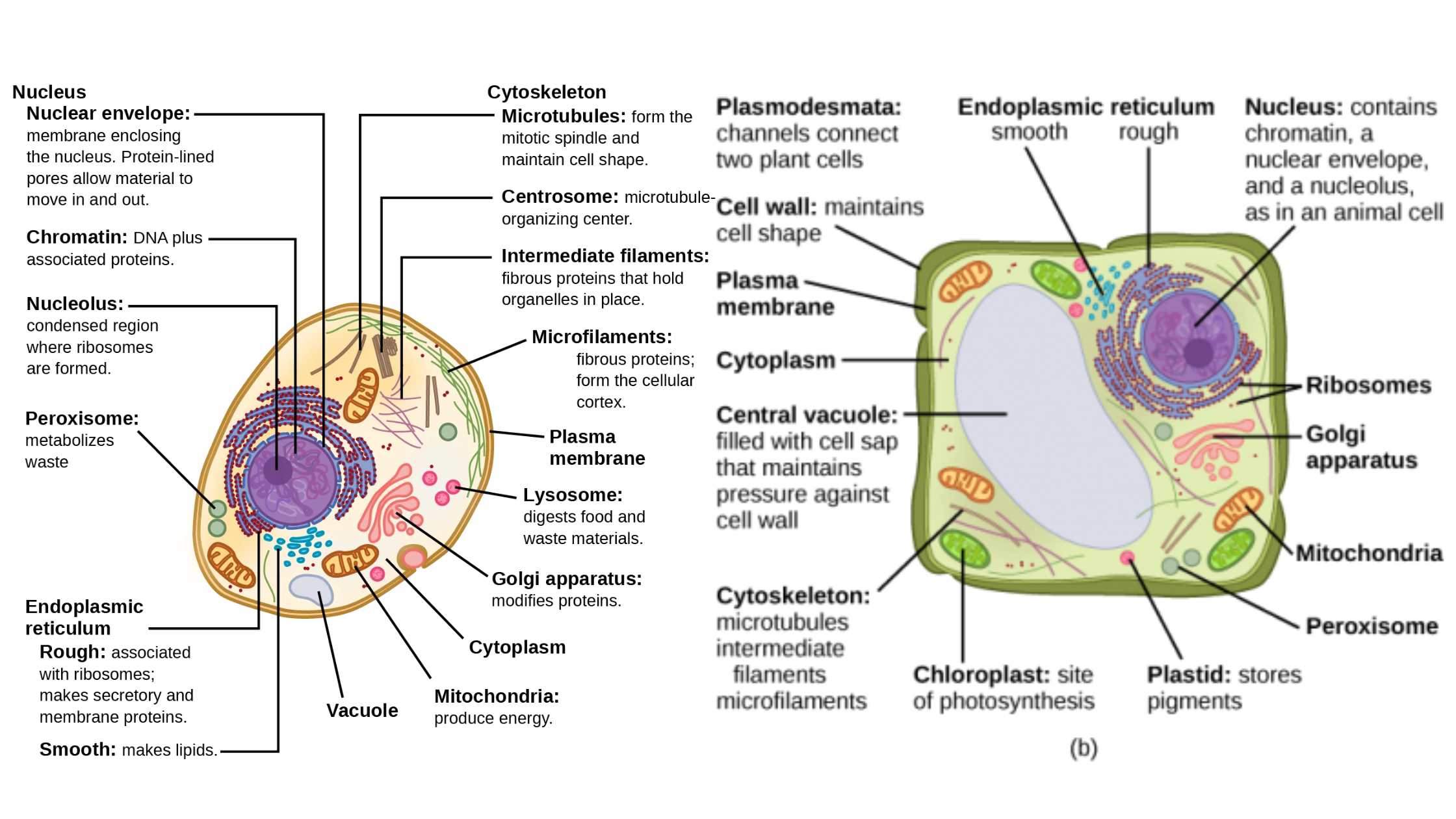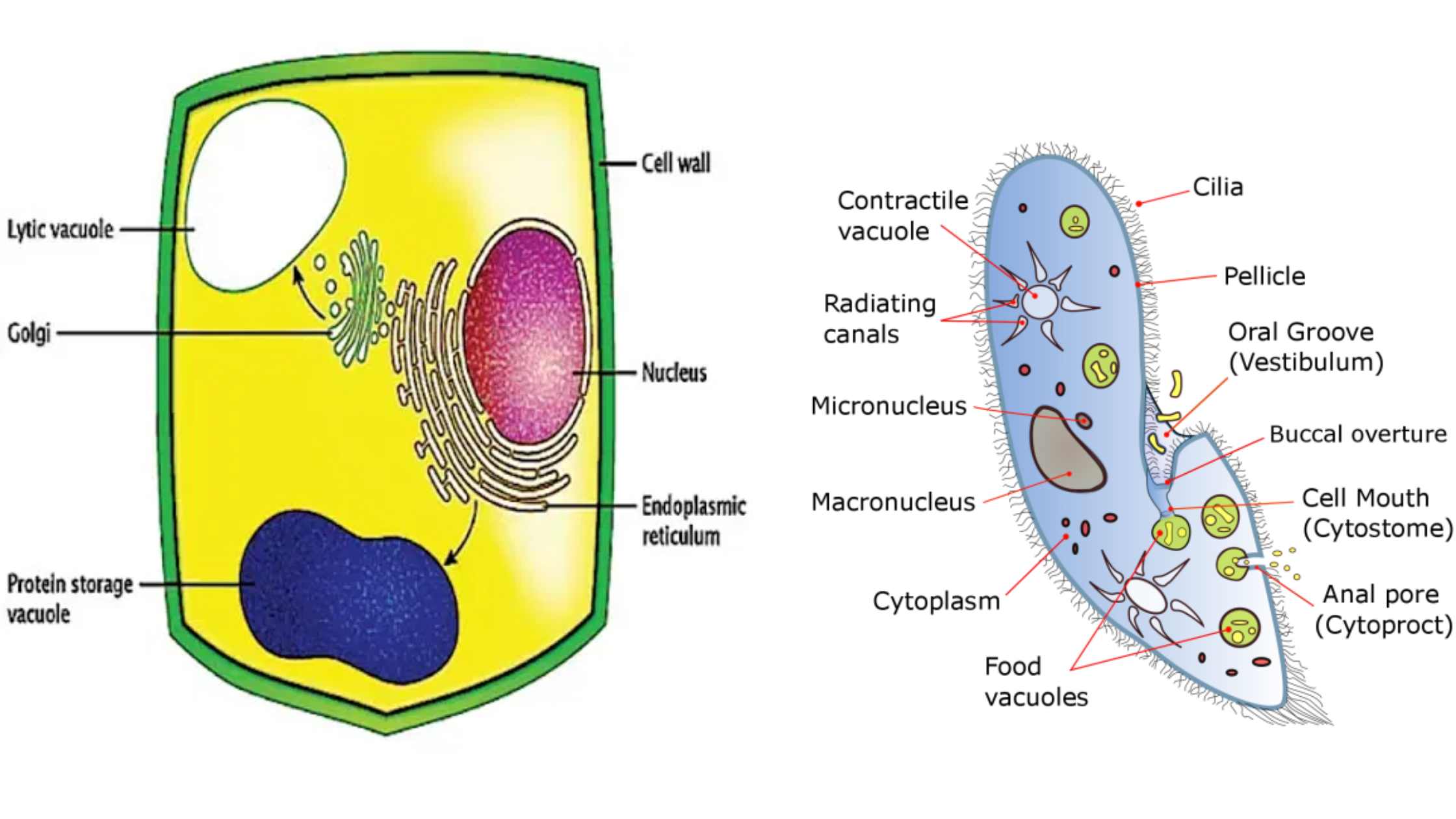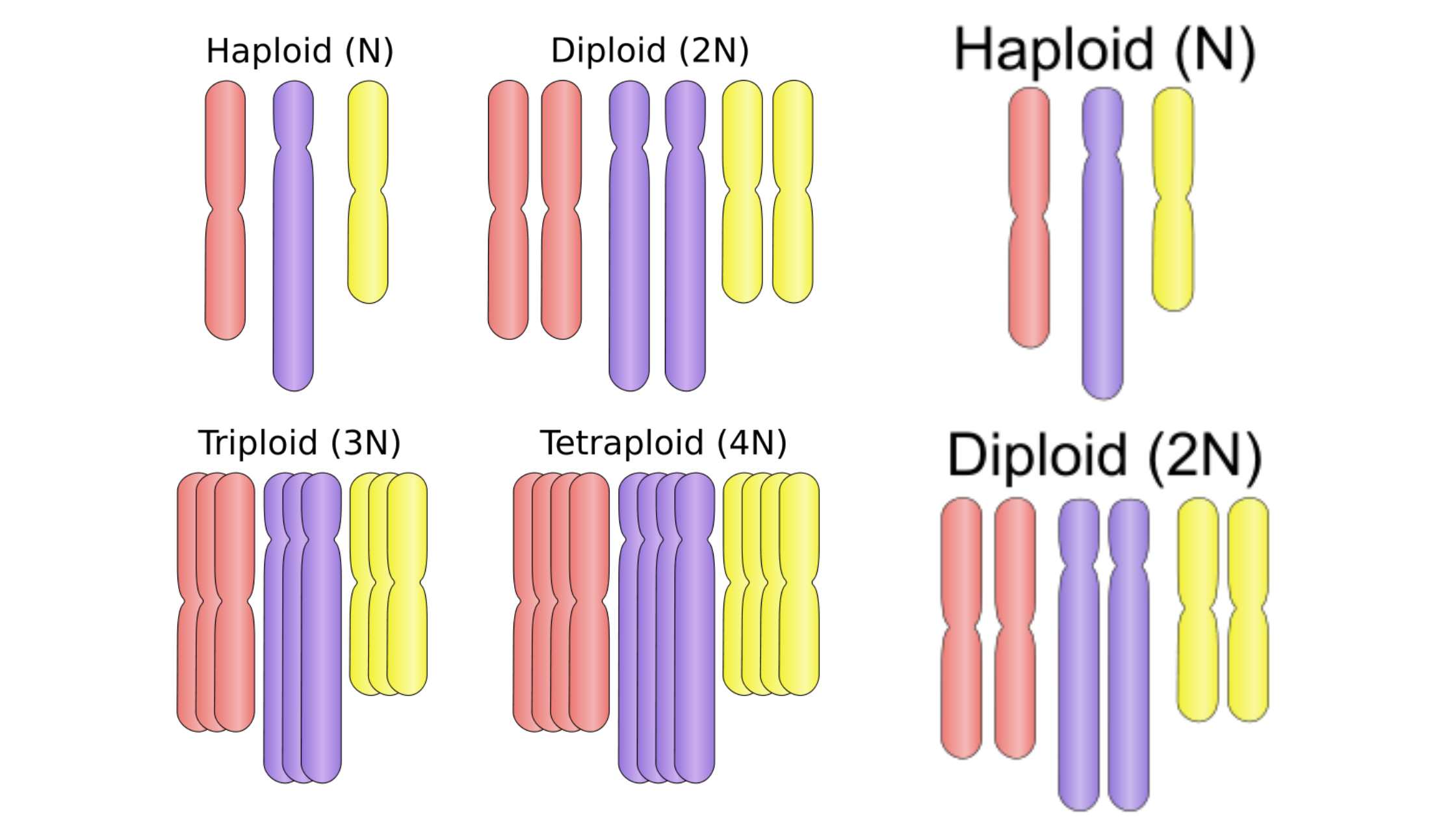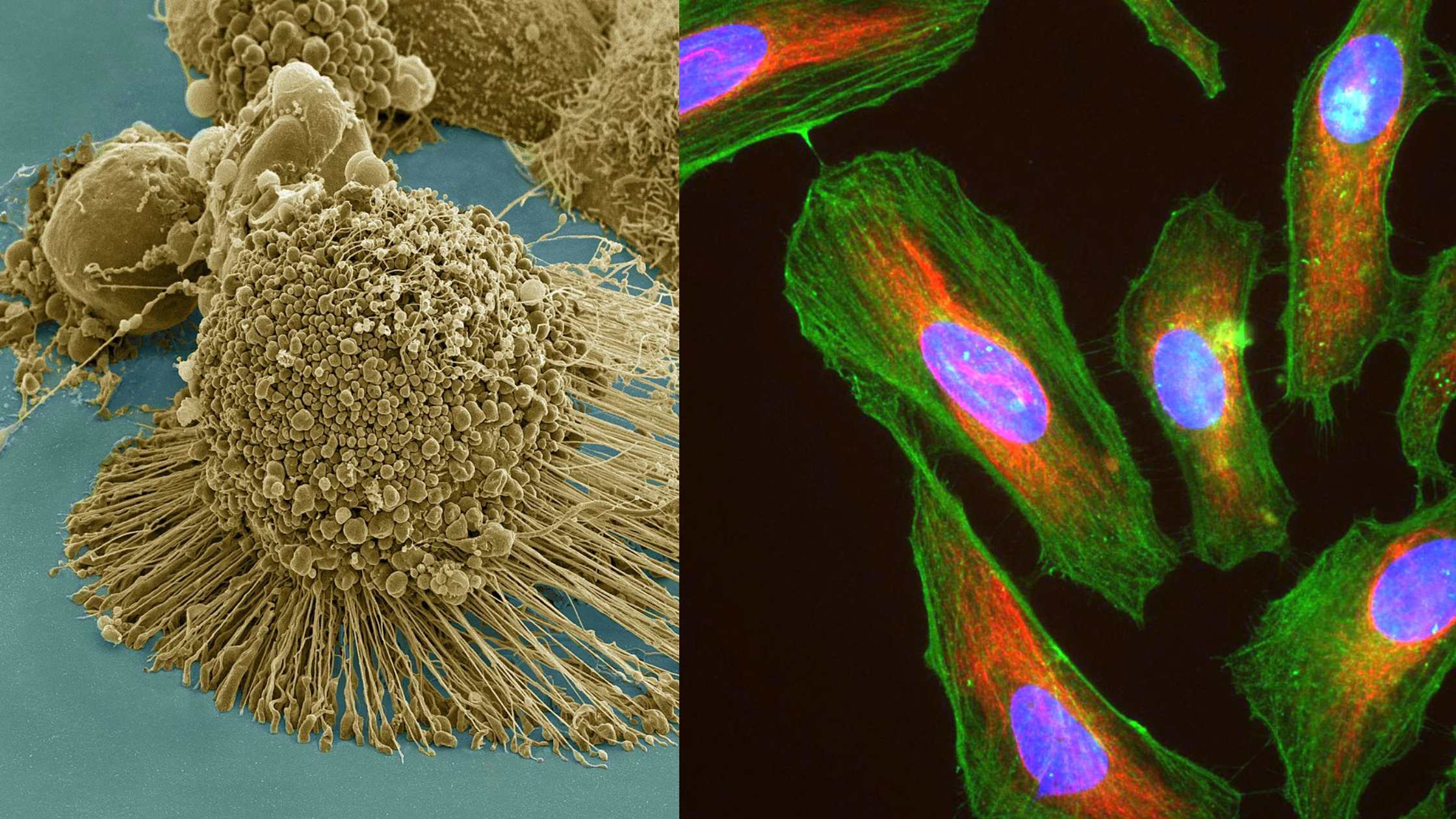Daughter Cells – Definition, Formation, Importance, Examples
What are Daughter Cells? Definition of Daughter Cells Daughter cells are the cells resulting from the division of a single parent cell, either through the process of mitosis, where they inherit identical genetic material, or meiosis, where they receive half the genetic content. Characteristics of Daughter Cells Daughter cells are the end products of cellular … Read more
